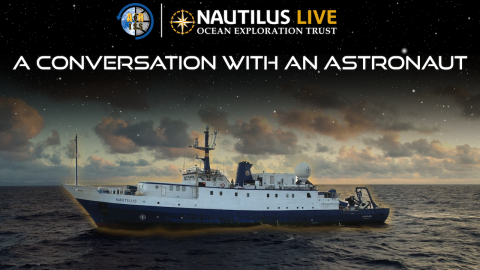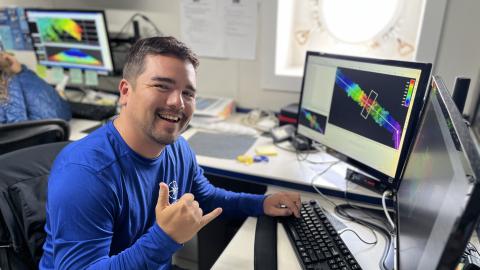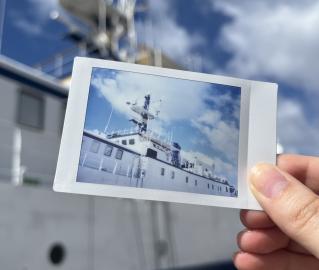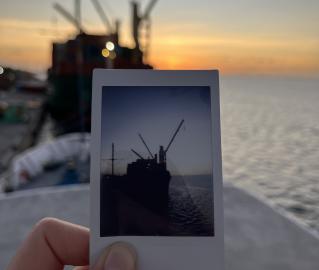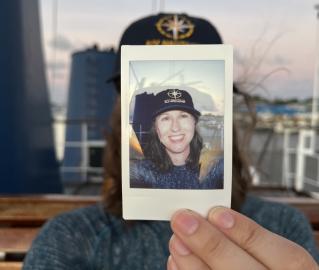Expedition Sails to Map the Least Explored Seafloor in US Jurisdiction
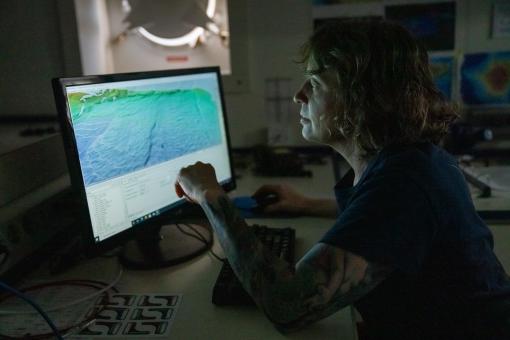
The Ocean Exploration Trust (OET)’s exploration vessel (E/V) Nautilus has begun an expedition to acquire high-resolution bathymetry in areas where no or little mapping data exists around Howland and Baker Islands, which lie just north of the equator, about 1,800 miles southwest of Hawaiʻi. The US Exclusive Economic Zone around Howland and Baker represents one of the least explored regions under US jurisdiction. This 22-day expedition will target previously unsurveyed seafloor around Howland and Baker, as well as other unmapped areas along the ship’s transit route between the Republic of the Marshall Islands and the Cook Islands. This expedition is funded by NOAA Ocean Exploration via the Ocean Exploration Cooperative Institute.
“Seafloor mapping is foundational to a wide range of management and scientific applications, including safe navigation, hazard prediction, habitat and environmental modelling,” said OET Chief Scientist Daniel Wagner. “The majority of the seafloor in the US Pacific Island Region remains unmapped, hindering efforts to manage the resources of this vast region effectively.”
Located roughly midway between Hawaiʻi and New Zealand in the Central Pacific Ocean, the islands of Howland and Baker are some of the most isolated land masses on Earth. The islands are low-lying, sandy coral islands ringed by narrow fringing reefs and surrounded by the deep ocean. The open ocean habitats are strongly connected as feeding grounds for the millions of birds that nest and rest in the National Wildlife Refuges onshore. While there have been scientific expeditions to this remote region, nearly 90% of the 425,700 square kilometers of seafloor surrounding Howland and Baker remain unmapped.
In addition to continuous seafloor mapping operations, the expedition will also include daytime seabird surveys from the observation deck on E/V Nautilus. Avian biologists will conduct visual and photographic surveys for seabirds. The times and positions of all bird sightings will be recorded, and if possible, identified to species level. All data from the expedition, including the seafloor mapping and avian data, will be archived in publicly available repositories in order to support further research, management, and exploration activities.
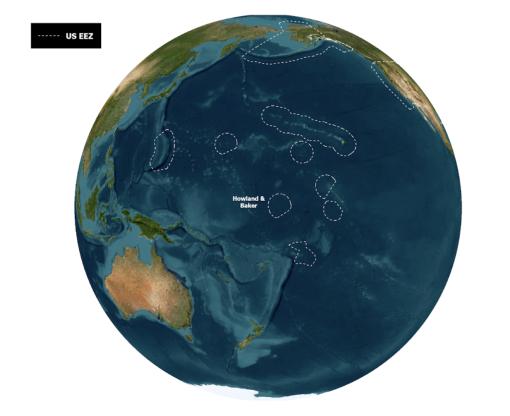
Alongside operational personnel, the expedition also includes at-sea participation by students and educators via Ocean Exploration Trust’s Seafloor Mapping & Hydrography Internship and Science Communication Fellowship programs.
“OET is committed to providing real-world field experience and training to the next generation of hydrographers, marine scientists, and educational leaders,” says OET Mapping Operations Manager Derek Sowers. “The opportunity to join an at-sea expedition can be life-changing for many people.”
This expedition will be streamed live on NautilusLive.org, a 24-hour platform that brings ocean exploration directly to viewers on shore. Telepresence technology allows viewers to engage with the team at sea, asking questions and receiving real-time behind-the-scenes updates via social media. Classrooms worldwide are invited to connect with the at-sea team of STEAM professionals via free educational Q&A interactions.
This E/V Nautilus expedition is part of an exciting 2025 field season where six expeditions will build ocean knowledge supporting international scientific and U.S. governmental priorities, particularly understanding the deep sea, sharing that knowledge with others, and contributing new discoveries and data to inform future resource management decisions. Through the open sharing of data collected during these expeditions, we will build upon decades of study, stewardship, and discoveries. Mapping and ROV operations will directly contribute to the US National Strategy for Ocean Mapping, Exploration, and Characterization, Seabed 2030, the Beyond the Blue: Illuminating the Pacific campaign, and other coordinated initiatives.
As E/V Nautilus operates in the Central Pacific, OET recognizes and respects the deep cultural connections many have to this region. OET's expeditions are planned in consultation with local communities to ensure mutual respect and collaboration. We welcome partnership inquiries at info@oet.org.
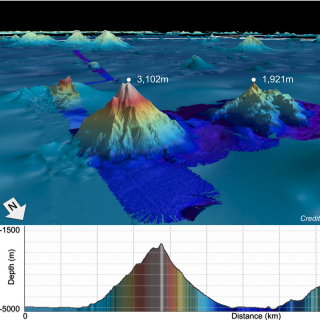
Seafloor Mapping Offshore Howland & Baker Islands
During this expedition, E/V Nautilus explores the waters offshore Howland & Baker Islands. Located roughly midway between Hawaiʻi and New Zealand in the Central Pacific Ocean, the islands of Howland and Baker are some of the most isolated land masses on Earth.
